Tips & Tricks for Low-Light Photography
“Pictures, or it didn’t happen.” Right or wrong, it’s the sentiment of our time. To their credit, plant people (more than most) know the magic of simply being present for a miracle of nature, without the need to watch it through a lens. Yet we also know the power of documenting nature’s beauty—not to mention, the joy of sharing it with others. Oh, the pictures we take.
No wonder, when we witness, say, a night-blooming cereus open before our eyes, we feel compelled to reach for our cameras. Yet, how these pictures often disappoint! After all, the so-called “Queen of the Night” has an inconvenient habit of blooming only after dark, in the worst possible lighting conditions.
I was recently confronted by this conundrum while writing an article about Eudora Welty and her Night-Blooming Cereus Club for the forthcoming issue of Magnolia. When it came to sourcing photographs to accompany the piece, many an image fell dreadfully short. Too washed-out, too blurry, too flat. Then, there were the glorious exceptions.
Fortunately, whether you are a first-timer wielding a mobile phone, or a seasoned photographer armed with the latest equipment, a stunning shot is within your reach. It just takes a little know-how.
Scroll down for nifty tricks (and resulting photographs) from your fellow SGHS members. For even more in-depth advice, tips on camera settings, and equipment recommendations, check out this thorough article by expert photographer Karen Wright of Creative Exposures.
Now, when the next bloom comes, you’ll be ready. And you’ll come away with a photograph to treasure and share long after the blossom fades away.
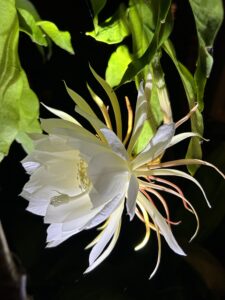
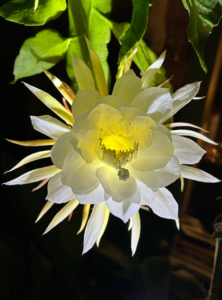
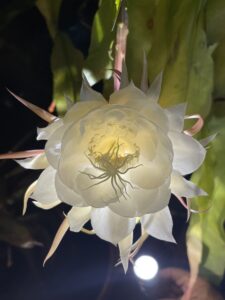
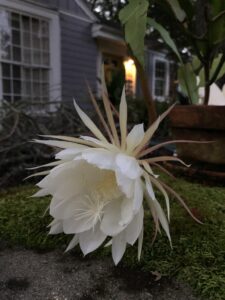
My favorite trick? Wait for daybreak. I’ve found if I shoot right at first light, there’s enough natural light to show the detail of the flower, while keeping the white shades soft and milky. Just one word of caution: Don’t sleep on this! My flowers are usually wilted by sunrise.”
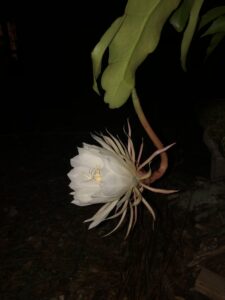

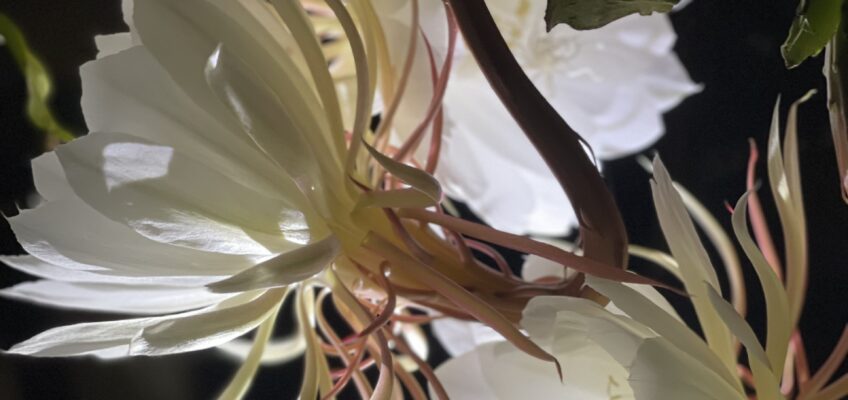
Leave a Reply